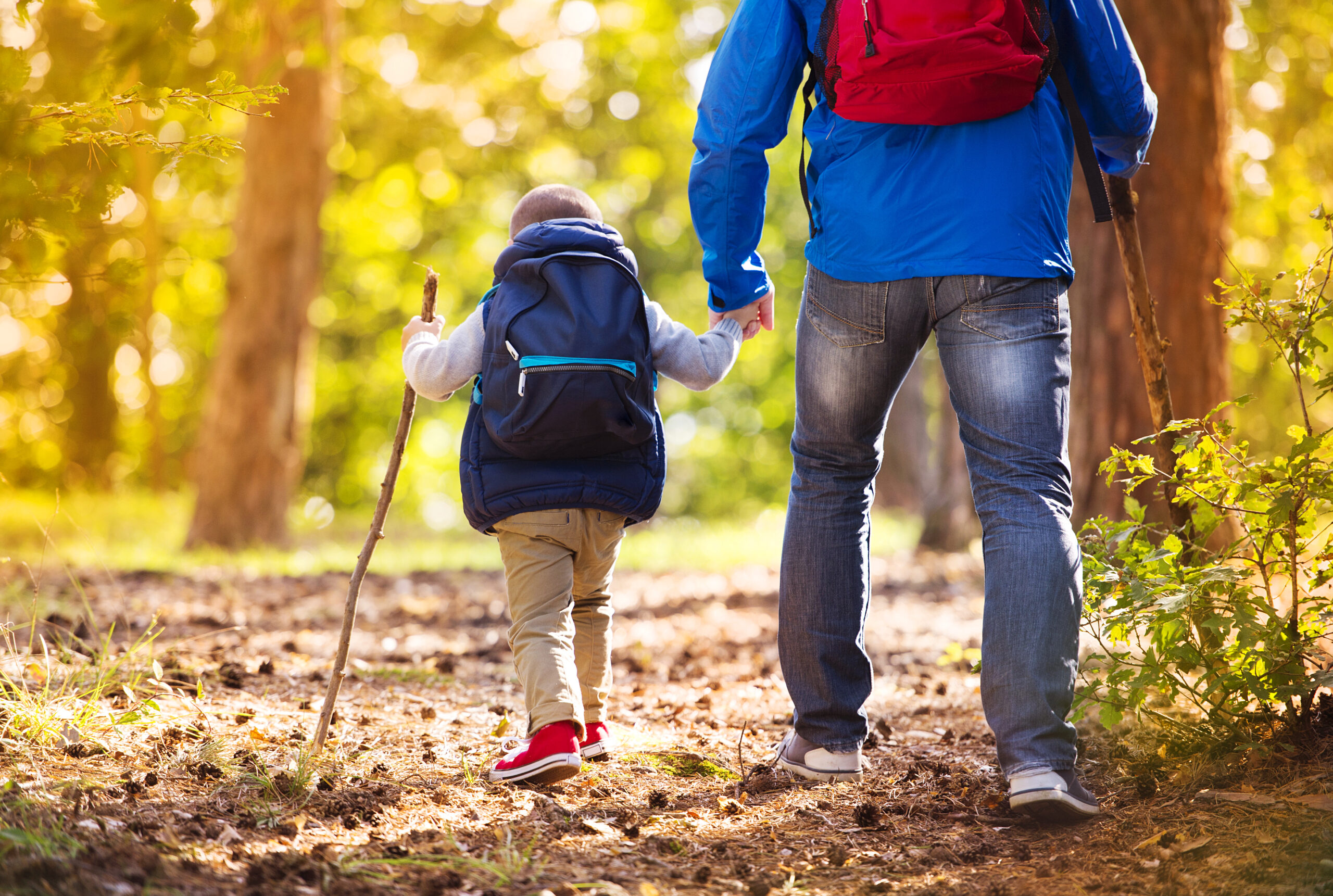Whether you’re a seasoned hiker or just starting out, it’s essential to prioritize safety and preparedness before hitting the trail. In this blog post, we’ll cover everything you need to know for spring, summer, winter, and eco-friendly hiking tips so that you can have a safe and enjoyable experience in nature.
Spring Hiking Tips: Get Ready for the Trail
As the weather warms up and the snow melts away, it’s time to start planning your spring hikes! Here are some essential tips to help you prepare:
Check the forecast: Spring weather can be unpredictable, so make sure to check the forecast before heading out on the trail. Be aware of potential storms or changes in temperature.
Dress appropriately: Layers are key when hiking in the spring. Start with a moisture-wicking base layer, followed by insulation and a waterproof outer shell. Don’t forget gloves, hat, and sunscreen as needed.
Stay hydrated: Drink plenty of fluids before, during, and after your hike to stay properly hydrated. Dehydration can sneak up on you quickly, especially if you’re exerting yourself at higher altitudes.
Watch out for slippery conditions: With snowmelt and rain, trails can become muddy and slippery. Use caution when navigating steep sections of the trail and wear appropriate footwear with good grip.
Summer Hiking Tips: Stay Safe and Comfortable
Summer is an excellent time to hit the trail, but it also comes with its own set of challenges. Here are some tips to keep you comfortable and safe:
Stay cool: Wear lightweight clothing made from breathable fabrics like cotton or wool. Avoid synthetic materials which trap heat close to the skin. Carry extra water and take frequent breaks in shaded areas.
Protect against insects: Mosquitoes and ticks are common in many parts of the country during the summer months. Make sure to use insect repellent containing DEET or other effective ingredients. Wear long pants and sleeves to protect exposed skin.
Avoid peak temperatures: If possible, plan your hike early in the morning or late afternoon/evening to avoid the hottest part of the day.
Keep an eye on wildlife: Bears, snakes, and other animals may be more active during the summer months. Familiarize yourself with local wildlife and how to handle encounters safely.

Winter Hiking Tips: Prepare for Cold Weather Conditions
For those who love the challenge of winter hiking, here are some essentials to consider:
Dress warmly: Wear multiple layers of warm clothing, including a waterproof outer shell. Consider using hand and toe warmers to keep extremities warm.
Choose appropriate footwear: Winter boots with good grip and ankle support are necessary for icy terrain. Consider using crampons or spikes for added stability.
Bring a headlamp: Daylight hours are shorter during the winter, so bring a bright headlamp to illuminate the trail ahead.
Plan ahead: Check weather reports and trail conditions before setting out. Let someone know where you’re going and when you expect to return.
Eco Friendly Hiking Tips: Leave No Trace Behind
As outdoor enthusiasts, it’s our responsibility to minimize our impact on the environment. Here are some tips to leave no trace behind:
Pack out all trash: Take any garbage with you, including food wrappers, plastic bottles, and cigarette butts.
Stick to designated trails: Off-trail hiking can cause erosion and damage vegetation. Stay on established paths to prevent harm to the natural landscape.
Minimize campfire impact: Only build fires in designated fire rings, and never cut down live trees or branches for fuel.
Respect wildlife: Do not approach or feed wild animals. Observe them from a distance and give them space to roam freely.





